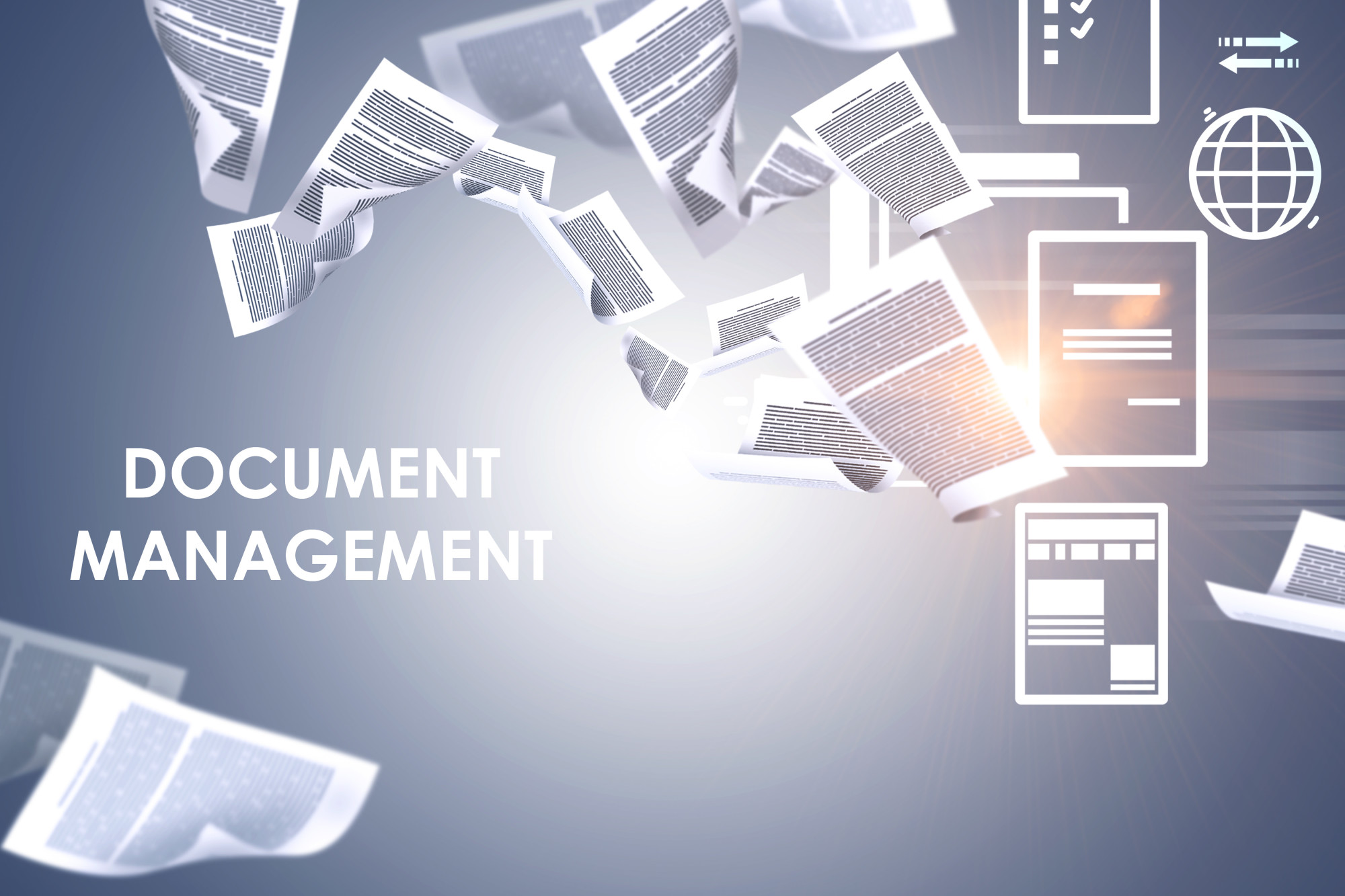For whatever reason you go on your computer to look at a file, but then the impossible happens.
It’s blank. For some odd reason you can’t see or open it.
You’re sitting at work ready to edit a file on a team project, but the image won’t load.
You slam your head in dismay wondering why you can see it on your PC, but not the project application.
Is it file a GIF file? Luckily for you there’s a simple way to convert gif to mpg when you run into these situations. Keep reading and you can learn how.
What Is a GIF File?
After the rise of social media like Facebook and Instagram, the people of the internet love to communicate in their own special language. If you keep up with technology you will understand what the humor is in memes and GIFs. They intertwine closely and are created to be visual files.
Unlike some memes, which are motionless images with words that tell a story, GIFs are images in motion. A GIF (Graphics Interchange Format) file is a bitmap image that made its first appearance on PC 30 years ago. As you’ve learned, it’s an animated image.
What you probably don’t know is the finer details. It’s capable of supporting 8 bits per pixel. An image can have as much as 256 various colors in the 24-bit RBG range. The only real let down about GIF files is that their sizes are quite small.
Still, it is very popular today especially for creating logos and sharp images. In these cases, the small size is not a bad thing. In fact, it is preferable.
GIFs are used in everyday life online, at school, and or work. Even if you do not create files, you see it all the time. The emails you open, the sites you visit and the files you open all may have contained a GIF.
Why Can’t I See a GIF File?
In the event an image cannot be displayed, it is probably because the file is unreadable, the system or browser is outdated, or you simply don’t have the system requirements.
So long as you can determine the issue, you will be able to see the file. There are also occasions you may need to convert it to a different file to see.
What Is an MPG File?
An MPG file, also known as a MPEG (Moving Picture Experts Group) file is different from GIF files. Unlike GIFs, which are image formats, MPG files are video formats. It is very useful online for every person for the same reason a GIF is.
It is used anytime a certain type of compression is needed to download or stream videos to watch. These videos may be as short as a second or two or as long as a boring hour lecture from your professor.
Depending on how the MPG file will be used upon compression, you will see it as two types:
- MPEG-1
- MPEG-2
MPEG-1 files are able to compress CD audio and VHS-like videos around 1.5 Mbps. The quality isn’t lost too much and it typically has a resolution of 352×240. It isn’t crystal clear quality but remains popular today. This is because the size so downloading or streaming it will not take very long.
MPEG-2 files offer higher quality audio and video files for you to see. It is similar to the quality we see today on TV and DVD formats when we watch shows or movies. It can capture about 6 Mbps thus enabling it to offer this enhanced version.
The product is a resolution of 720×480. While you can download and stream this online too, it takes longer as the file is bigger.
Opening MPG Files
Most browsers have a built-in video player to stream the file seamlessly. If you are downloading it, you must have a video player yourself. PCs and MACs both come with a default video player. There will be nothing for you to do but click and play if there are no file issues.
Converting Image Files
Sometimes we may need to convert an image file to something else for many reasons. Maybe the program we have installed on our PC doesn’t support one but supports the other. Maybe it will make an easier transition to start or finish a file presentation at school or work.
image files and video files are different yet similar because they both contain images that are in motion. Because of this, it is actually possible to convert an image file into a video file and vise versa.
Convert GIF to MPG
Converting a gif file to mpg is simple when you do it online without any software. There are no real steps you need to take other than locating the file you want to convert on your computer.
- Step 1: Locate the file folder on your browser to find the GIF file you need after clicking the “browse” button.
- Step 2: Once you see the file click “open” and the pop-up box will close.
- Step 3: You will see a new button display that says “Convert GIF t MPG”
- Step 4: There will be a download pop-up that will give you the converted file once finished (if there’s no pop-up appearing, do to your downloads setting in your browser).
- Step 5: Open the download and depending on your settings you will be sent to the file folder to open your MPG file or it will open automatically.
It’s as simple as that to retrieve your new file in a matter of seconds. The fun doesn’t just stop there. GIF files can also be converted to many other files too. For example, you can also convert GIF to PDF.
The Need For Images and Video Files
When you’re online and use your computer your only thoughts are to read, watch, see, and hear, information that is displayed. How that information is shown is a complex technological process you probably don’t care about.
Concern does creep though, doesn’t it? When we experience technical difficulties we are prone to search for a fix. When we can’t see that image sent to us by our friend, loved ones, or boss it can drive us mad.
Sometimes the best solution to open the image we need is to change it. Converting GIF to MPG is easy and can save us from a troubled mind. There’s nothing worse than not being able to see something you want to, even if it’s another cat video.
If you have other converting needs on any file, feel free to use our site and find other tips reading our blog.









